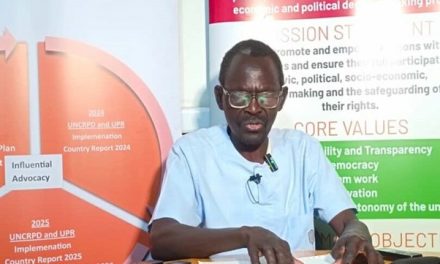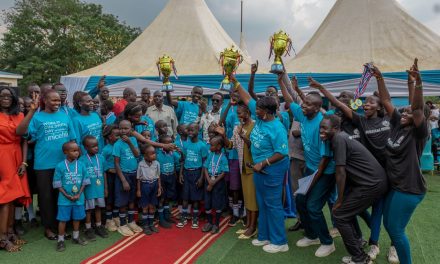
South Sudan, ICRC rolls out disease resistant cassava crop to combat hunger

South Sudan’s Ministry of Agriculture and Food Security in partnership with the International Committee of the Red Cross (ICRC) on Friday launched two cassava crop varieties imported from the Democratic Republic of Congo.
Andrea Heath, deputy head of the ICRC delegation in South Sudan, said the Mayombe and Sawasawa varieties that are resistant to cassava mosaic disease and streak virus will improve food productivity, thus help mitigate chronic hunger.
“Cassava is a crucial component of the household food security in many communities in South Sudan, and it continues to grow in importance. It is affected by various diseases like cassava mosaic disease, cassava streak virus, in addition to poor agricultural practices severely undermining production,” Heath said during the certification ceremony in Juba, the capital of South Sudan.
More than 7.7 million people-two-thirds of the population in South Sudan are facing crisis or worse levels of hunger. In addition, 1.4 million children under 5 are facing acute malnutrition, according to the World Food Programme (WFP).
In 2019, the ICRC imported these resistant varieties from the DRC and also introduced them in Central Africa Republic.
Heath said that the two cassava varieties have proven great success, in terms of improving food productivity and keeping the virus at bay after being piloted in Eastern Equatoria and Western Equatoria state.
Loro George Leju Lugor, director general for research, training and extension service in the ministry of agriculture and food security, said they are now planning to handout these new varieties to specific farmers in selected parts of the country.
“What we want to do now, is for these new varieties to be given to specific farmers appointed by the farmers’ producers union. The people who can disseminate this information are the farmers,” he said.
George Tadu, director general of research in the ministry of agriculture and food security, said cassava remains an important food crop in most parts of Equatoria region, where cassava roots and leaves are widely eaten.
“Cassava mosaic disease is common in all of the cassava growing areas, and it is really a problem. Cassava streak virus was identified in Western Equatoria state since 2006, it is a much more serious disease than cassava mosaic, and these varieties if released will help increase the farmers’ resilience to disease pressure,” Tadu said.
He added that these new high-yielding cassava varieties will improve food and income security for farmers in cassava growing areas.
“We also want to train people who are involved in cassava multiplication, train farm monitors, extension workers to do rapid multiplication of these varieties. Also we want to disseminate and adapt these cassava mosaic resistant varieties in major parts of the country,” Tadu said.
Cassava is a major source of food for more than 200 million people in Africa. It is also the second important major source of carbohydrates in Sub-Saharan Africa, and about 40 percent of the population in Sub-Saharan Africa depends on cassava.
Simon Duku, lecturer in the school of natural resources at the University of Juba, said South Sudan needs to intensify agricultural research activities in order to find variety of crops that can adapt to different climatic conditions.
“We still don’t have clear crop varieties that are adapted to our climate, so we really need to do a lot of research work to adapt some varieties to some specific regions in South Sudan. We know the challenges of food insecurity that we are encountering; I actually encourage such kind of activities,” he said.




































